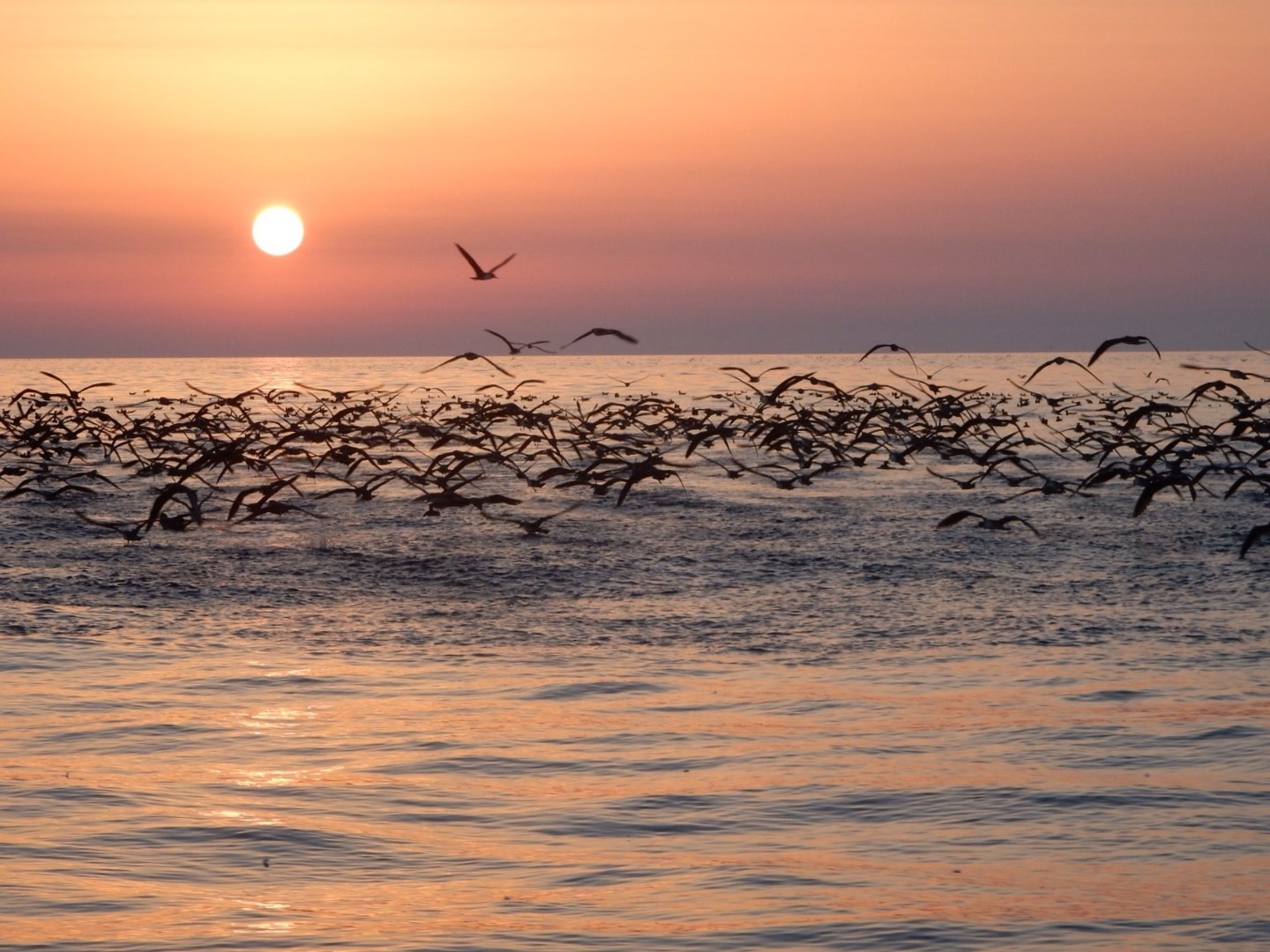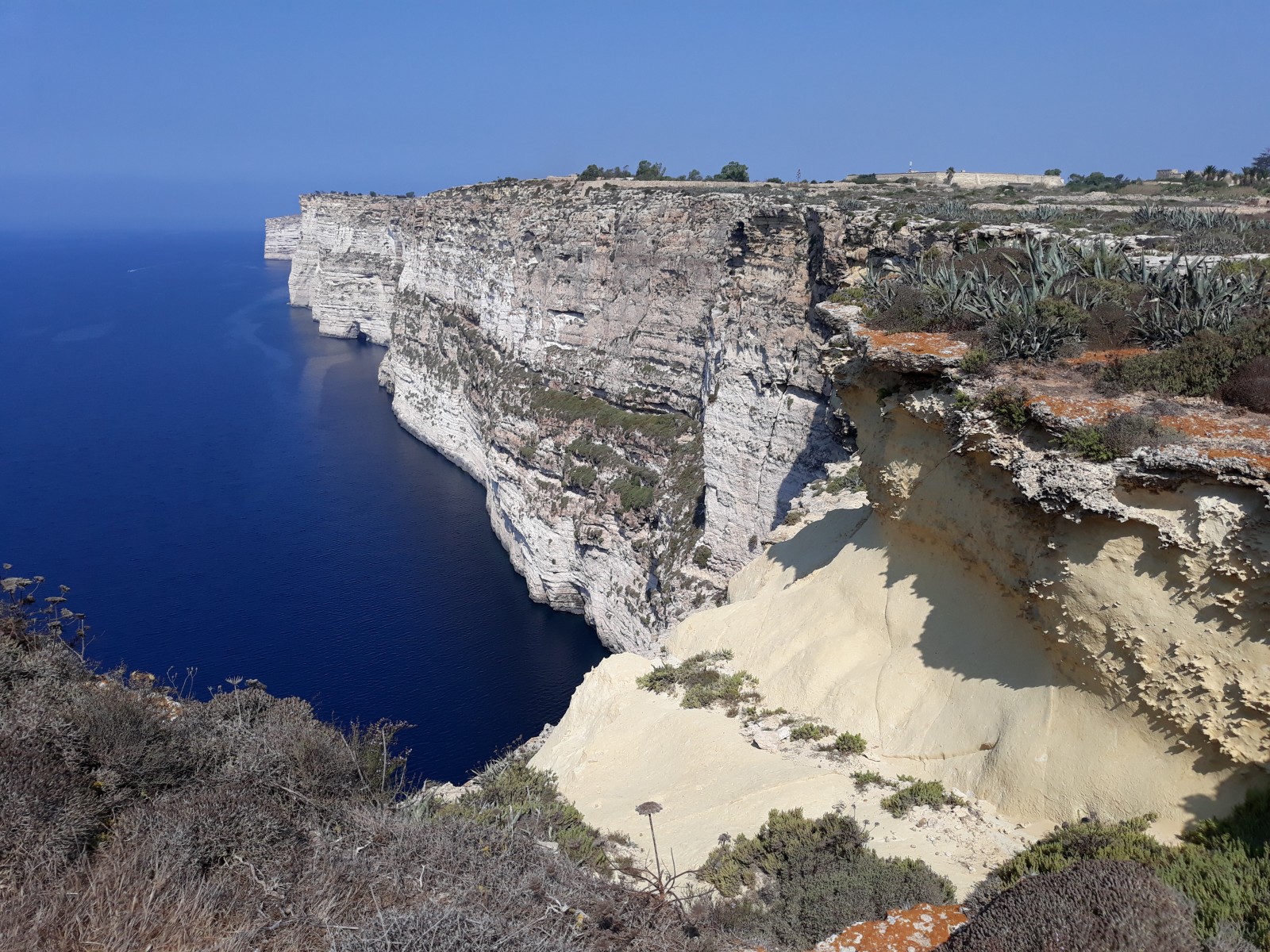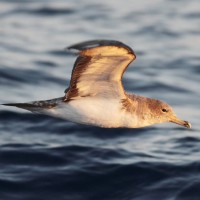Beschreibung
One of the best places in the Maltese Islands to see local species such as Blaumerle, Kurzzehenlerche and Brillengrasmücke, against a backdrop of the Mediterranean Sea and jaw-dropping cliffs. Turmfalke and Wanderfalke also nest in the area. However, the cliffs are better known for the largest Sepiasturmtaucher colony in the archipelago, which is at least a 1,000 pairs strong. On summer nights a cacophony of these birds' calls can be enjoyed from land or even better join one of BirdLife Malta’s special sunset boat trips to see them! The cliffs hold two other seabird species, namely Sturmschwalbe and Mittelmeer-Sturmtaucher, which are much harder to see. You might be luckier with spotting nesting Fahlsegler.
The open garrigue and steppe habitat that dominate the area attracts migrants such as chats, wheatears, pipits, Hoopoes and Rotkopfwürger but even species like Sumpfohreule. Ta’ Ċenċ and the cliffs further west have a good record for rarer species too. Diademrotschwanz, Wüstensteinschmätzer, Stummellerche and Raubwürger are to name some.
Details
Zugang
All the area is privately owned but you can walk along the many tracks. Park at Mġarr ix-Xini or Sannat village.
Terrain und Habitat
Vereinzelte Bäume und Büsche , Grasland, Wiesen , Tal , Steppe , Meer , LandwirtschaftBedingungen
Flach , Felsig , Offene LandschaftRundweg
JaIst ein Spektiv nützlich?
NeinGute Beobachtungszeit
GanzjährigBeste Beobachtungszeit
FrühjahrszugRoute
asphaltierte Straße , unbefestigte Straße , Normaler WegSchwierigkeitsgrad der Tour
EinfachErreichbarkeit
zu Fuß , Fahrrad , RollstuhlBeobachtungshütten oder -türme
NeinZusätzliche Informationen
Remember not to use bright lights and not to leave any trash at coastal areas, especially cliffs which are home to shearwaters. Organic trash sustains rat populations which then feed on shearwater eggs and chicks. For more information on seabird conservation in Malta visit: https://birdlifemalta.org/arcipelagugarnija.





